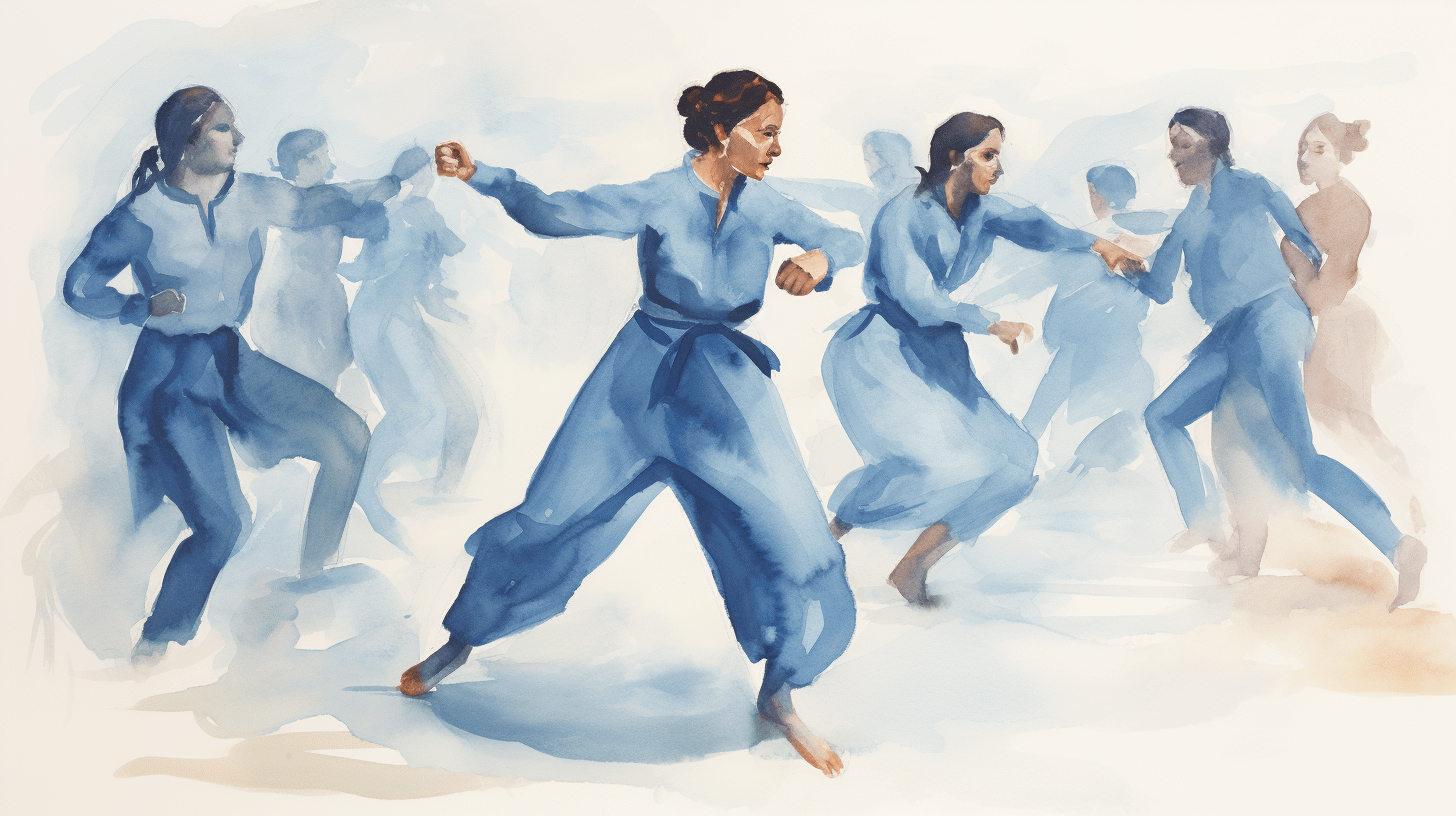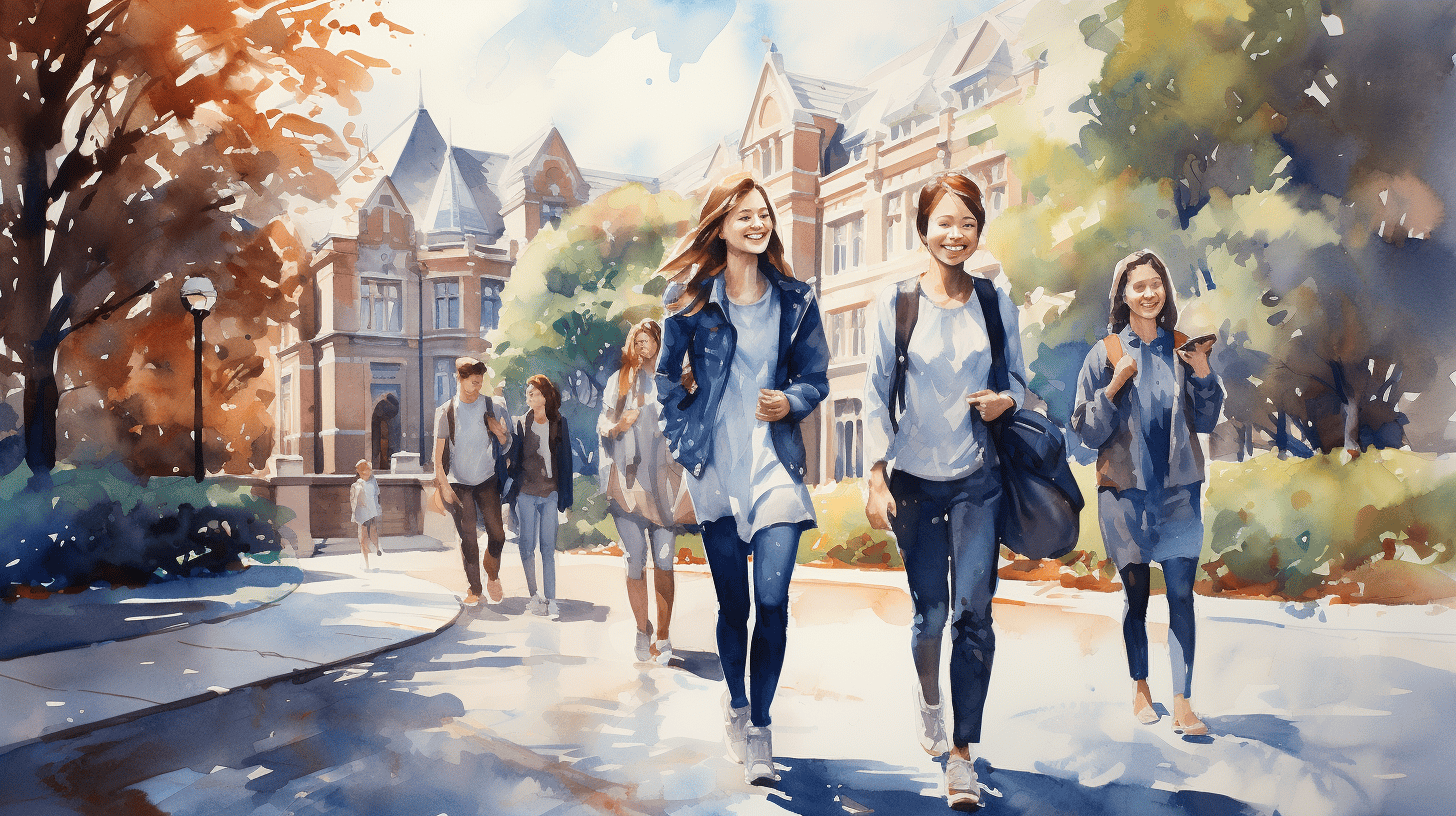We firmly believe that a society's growth is contingent upon the safety and empowerment of all its members, with women being an elemental part of this equation. With this in mind, we are dedicating this space to fostering an environment that prioritizes the safety and well-being of women worldwide.
However, before we can begin to strategize solutions, we must first uncover the problem in its entirety. That means digging deep into the uncomfortable data and unearthing harsh truths. To do this, we must explore global and country-specific statistics which reveal the extent of physical and sexual violence, domestic incidents, precaution measures, feelings of unsafety, and assault-related injuries faced by women.
Only by having an honest discussion about our current state can we begin to address these issues, ensuring zero tolerance against violence and working towards a future where every woman feels safe and empowered. The focus of this article, therefore, is to understand the existing problems, and then brainstorm tangible, effectual strategies to enhance women's safety.
Together, let's take this essential step towards progress, combating the issues that threaten women's security from a standpoint of knowledge, understanding, and empathy.
Global Statistics on Women's Safety
These numbers are not easy to digest, we agree. We've all heard of at least one instance of violence against women. The stories often manifest through hushed whispers, in the silent tears of a loved one, or the discomforting headlines in newspapers. But when the individual instances are accumulated, the figures are downright alarming. Our attempt here is not to frighten but to empower and enlighten. Let's delve into the global statistics, ranging from physical violence to safety precautions, which shed light on the reality of women's safety today.
Physical and Sexual Violence
- Globally, one in every three women has experienced physical or sexual violence at least once in their life.
- In the United States alone, one in five women and one in 71 men have been raped during their lifetimes.
These statistics reveal a chilling universality of violence, transcending borders and social strata. It is high time we collectively stand against these atrocities.
Domestic Violence
It is not always that the threat lurks outside home, often the predator awaits within. Domestic violence is an unfortunate reality for many women across the globe.
Attentive initiatives like women's helpline numbers play a significant role in providing victims the support they need to break out of abusive environments.
Safety Precautions
The specter of potential violence forces women to adopt multifaceted safety precautions.
- More than two-thirds of women across the world report texting or calling someone regularly to let them know that they've arrived home safely.
The simple act of commuting has transformed into a nerve-wracking experience for many women.
Feelings of Unsafety
Unsettling is the reality that four out of five women feel unsafe walking alone after dark in a park. Simply enjoying nature becomes a rarity as fear overrides the desire for tranquility.
In an ideal world, safety should be a given, not a luxury!
Assault-Related Injuries
Women unfortunately comprise 70% of all assault-related injuries that necessitate days away from work. It's not just about physical pain; it brings along emotional and financial burden too.
The statistics we've discussed are distressing, indeed. But we firmly believe that increased awareness and collective action can significantly improve women's safety globally. Remember, the night is darkest just before the dawn.
Country Specific Statistics
Reading the headlines about crime statistics, we probably feel a chill run down our spine. However, these numbers are much more than mere embellishments in news articles; they reflect real people's experiences, carving out a global narrative of safety that cannot be ignored. This perspective matters, especially when we assess and compare crime statistics from distinct geographies.
Statistics in India
Talking about safety in public spaces, India paints a particularly distressing picture. According to data from the National Crime Records Bureau, every 20 minutes, a woman in India falls prey to sexual assault. This chilling fact reveals an urgent need for systemic change in India to enhance the security of women. How long can we tolerate such mind-numbing frequency of horrendous acts?
Statistics across OECD countries
As we shift our gaze from India towards the OECD countries, the crime statistics present a starkly different narrative. An overall sense of security emerges as an overwhelming 82% of men and 66% of women say they feel safe while strolling alone at night. These numbers depict a story of trust and security that most countries strive to replicate in their jurisdictions. Yet, it also highlights a gender gap in the perception of safety that should give policymakers everywhere food for thought.
Statistics Regarding Travel-related Attacks
Thinking of packing your bags and exploring the world? Know this: global travel isn't always as rosy as it might initially seem. A concerning 12% of women have reported being physically attacked or threatened during their travel adventures. The threat is very real and invariably casts a shadow on the joy of travel. It's our collective responsibility to make travel safer and more fulfilling, especially for women who often face the brunt of such unsavory experiences.
Compiling country-specific crime statistics not only helps us understand the existing trends and patterns but also steers conversations towards necessary changes. Recognizing these issues is the first step towards formulating measures that assure public safety, simultaneously for all genders and across all nations. It's a considerable challenge indeed, but one we must face head-on – because everyone deserves the freedom to feel safe.
Strategies for Enhancing Women's Safety
It’s undeniable that safety is of paramount importance to every woman, the world over. We live in a time where female safety is increasingly becoming a heated topic of discussion, with governments and communities focusing their efforts on curating strategies to uphold women's safety. It’s not just about feeling secure, but it’s about women having the unassailable right to lead lives free from fear.
First and foremost, the implementation of laws and support services remain at the heart of enhancing women's safety. Examples abound with the POSH and POCSO laws in India serving as compelling models for safeguarding women's rights. These include a comprehensive system of counseling and legal aid, aimed at ensuring that women have the support to navigate these often daunting processes.
Parallelly, promoting gender equality plays an indispensable role in ensuring safety. At the essence of gender inequality lies a power imbalance, often manifesting in harmful acts against women. Making strides towards gender equality requires societal efforts, fostering an environment that invites open dialogue challenging these toxic power structures.
Sufficient funding is pivotal for actionable change against violence. This ranges from developing educational programs that instill respect for women, to establishing and maintaining safe spaces such as shelters and crisis centers. The potential of well-funded initiatives to facilitate women's safety is immeasurable.
Our focus naturally falls on the most personal level as well - home safety measures. A secure house is a primary step towards ensuring women's safety. Placing importance on robust locking systems and secure windows to deter any unauthorized entries is crucial.
While external measures are indispensable, the strength lies within each woman. Knowledge is power; being acutely aware of our surroundings can mitigate potential threats. Likewise, knowing simple self-defense tactics or even something as fundamental as trusting our intuition in unsafe scenarios can empower us significantly. Our blog post on How Safety Devices Empower Women provides insightful details on the same.
The discussion on women's safety is as extensive as it is important. It isn't a standalone subject, but a multi-faceted issue that necessitates cooperative efforts, both towards prevention and support. Let's strive to ensure that each woman lives and thrives in a world where their safety is not a privilege, but an unviolous right.
Conclusion
Empowering women and enhancing their safety is a profound journey that requires global commitment and continuous effort. By implementing effective laws, providing support services, and promoting gender equality, we can create safe spaces for women. Home safety measures play a crucial role as well, and so does the promotion of awareness and self-defense tactics.
Remember, there are innovative personal safety products to aid us in this mission. Brands such as Empowered by Ashley have introduced unique items such as personal safety alarms and drink cover scrunchies that are not only practical but stylish. As we move forward together on this journey of empowerment and safety for all women, let's use every tool at our disposal -from laws and awareness to unique products that ensure individual safety.
In a world where the safety of women is often compromised, we must act and take steps towards positive change. The end of this article marks the beginning of your empowered journey - let's make the world a safer place for all women, one step at a time. Your safety matters, because you matter.
Frequently Asked Questions
-
Why is empowering women important for enhancing safety?
Empowering women is important for enhancing safety because when women are empowered, they have the knowledge, skills, and resources to protect themselves, make informed decisions, and stand up against violence and abuse.
-
What are some key strategies for empowering women to enhance their safety?
Some key strategies for empowering women to enhance their safety include providing education and awareness programs, promoting economic independence, strengthening legal frameworks for gender equality, and creating safe spaces and support systems.
-
What role does education play in empowering women and enhancing their safety?
Education plays a crucial role in empowering women and enhancing their safety by providing them with knowledge about their rights, self-defense, and resources available to them. It helps in building confidence and equipping them to make informed choices.
-
How can economic independence contribute to the safety of women?
Economic independence is essential for the safety of women as it reduces their dependency on others, increases their decision-making power, and provides them with resources to escape abusive situations. It also enhances their overall well-being.
-
Why is it important to create safe spaces and support systems for women?
Creating safe spaces and support systems for women is crucial as it gives them a sense of security, allows them to share their experiences, seek help, and receive support from others who understand their challenges. It helps break the cycle of violence and promotes healing.




















Leave a comment
This site is protected by hCaptcha and the hCaptcha Privacy Policy and Terms of Service apply.